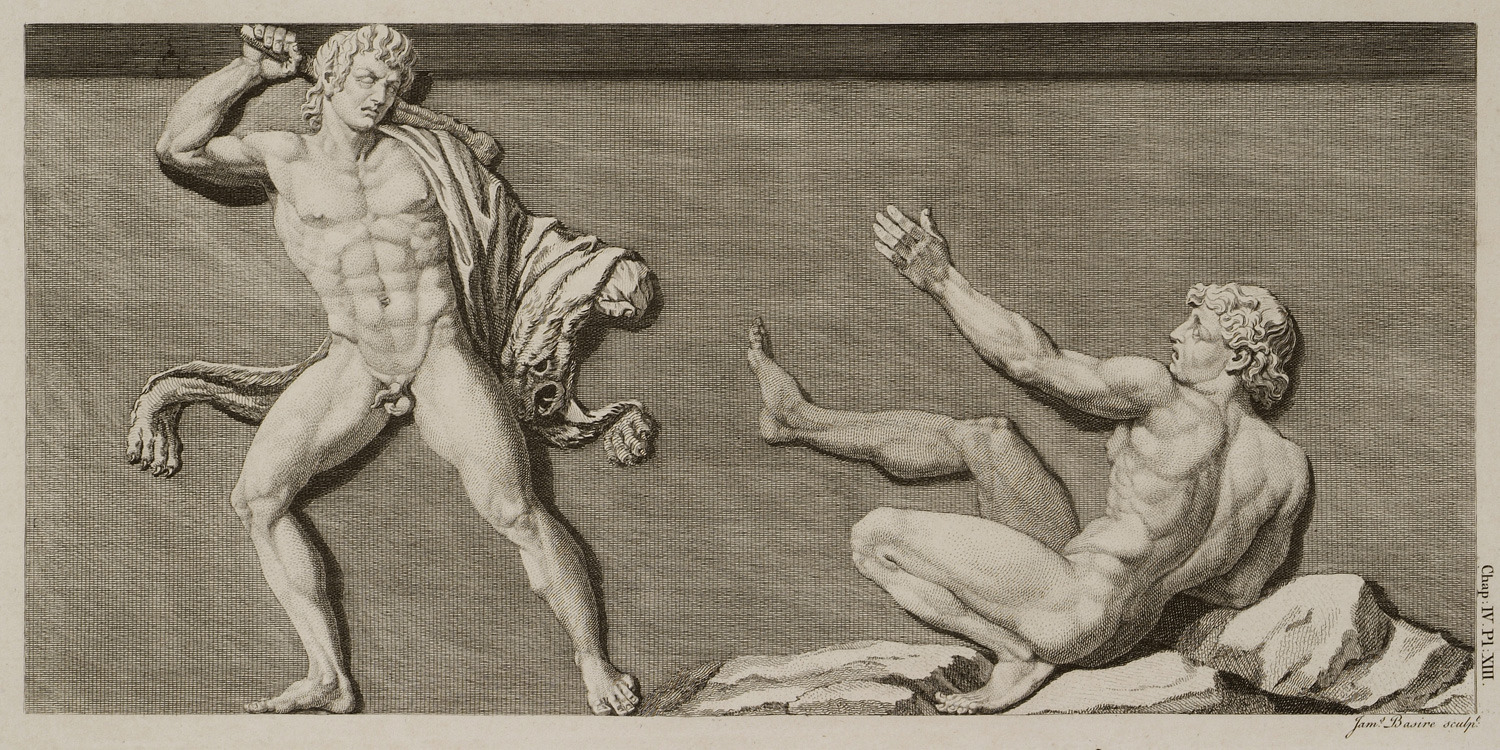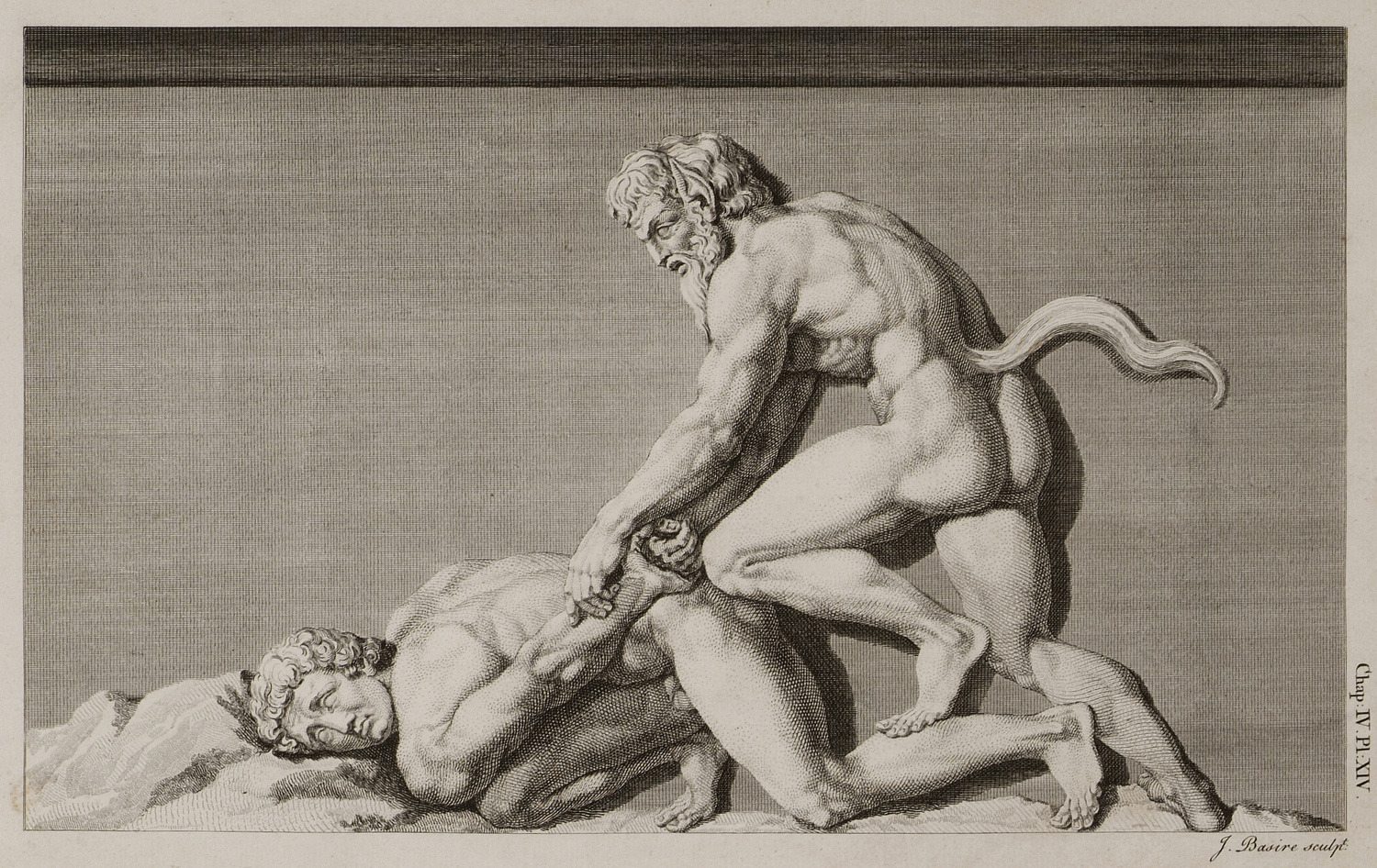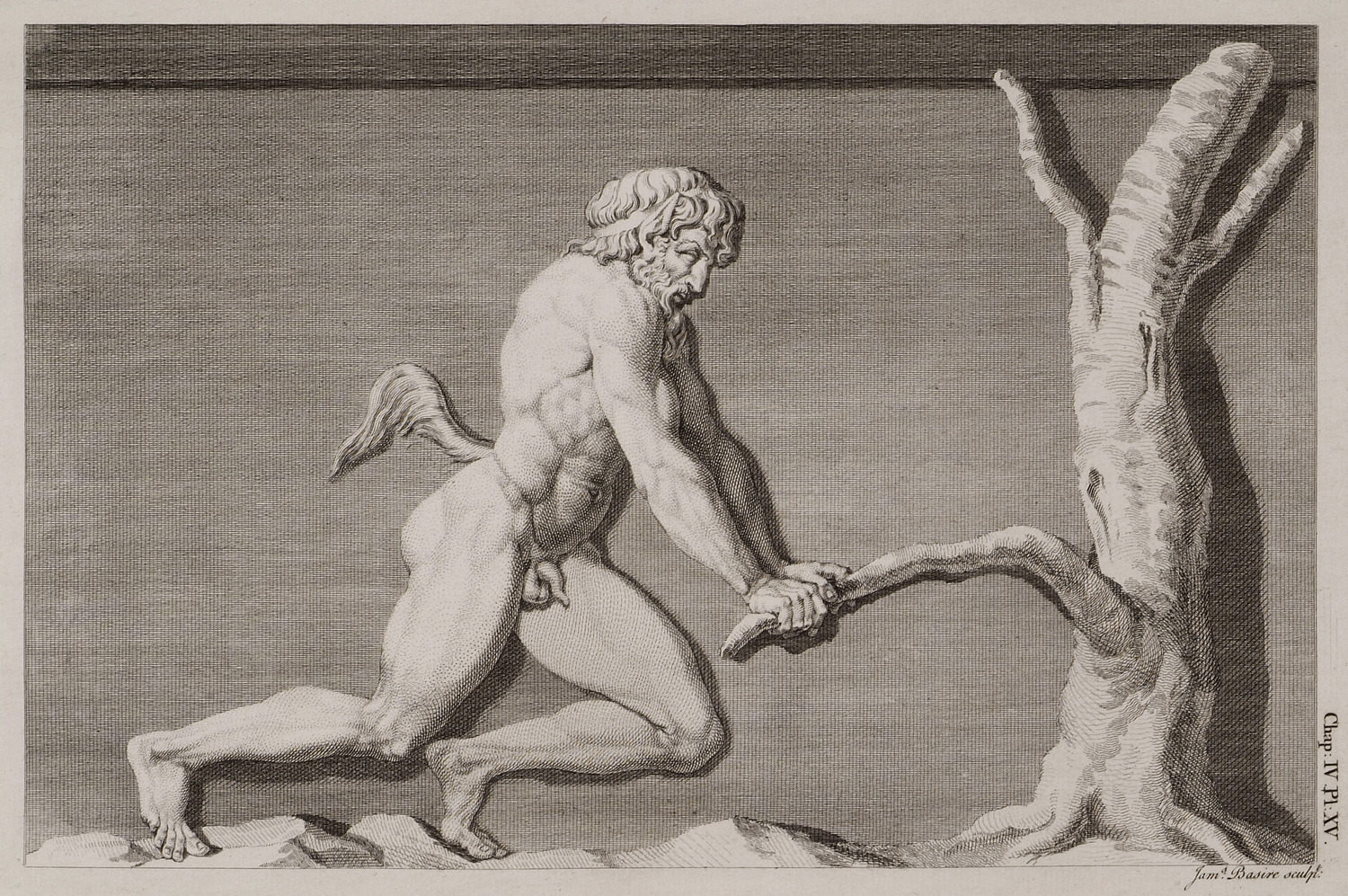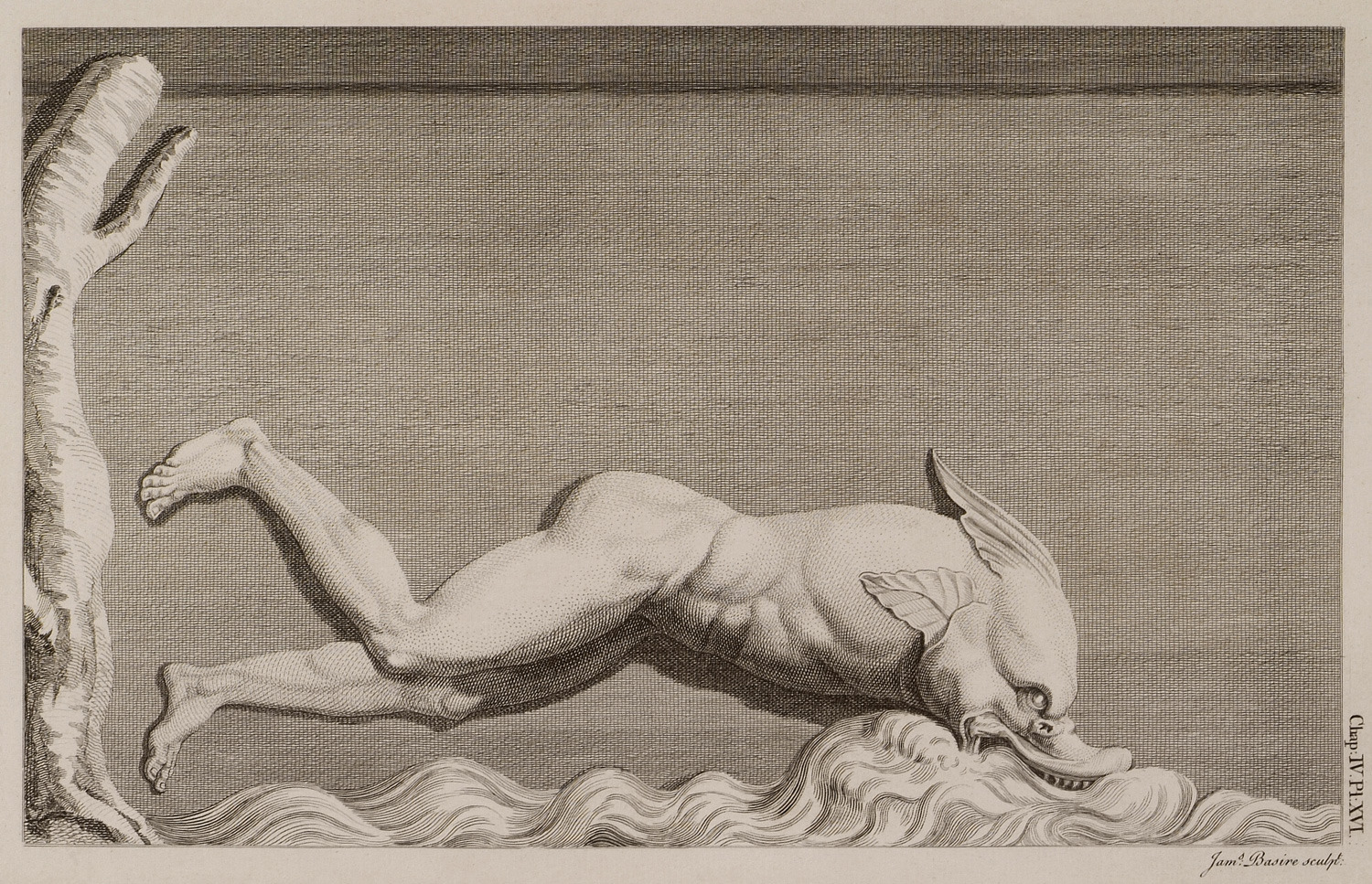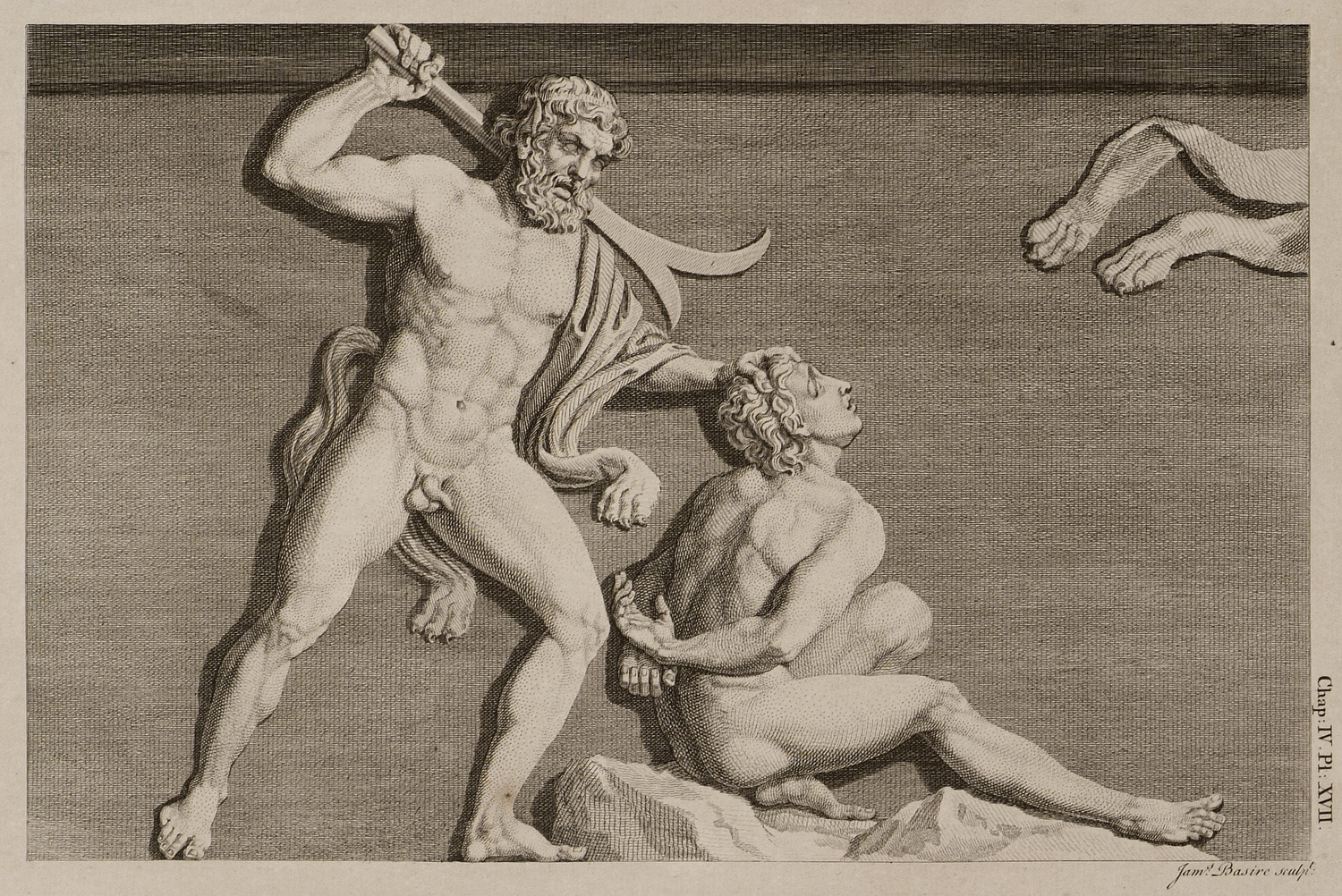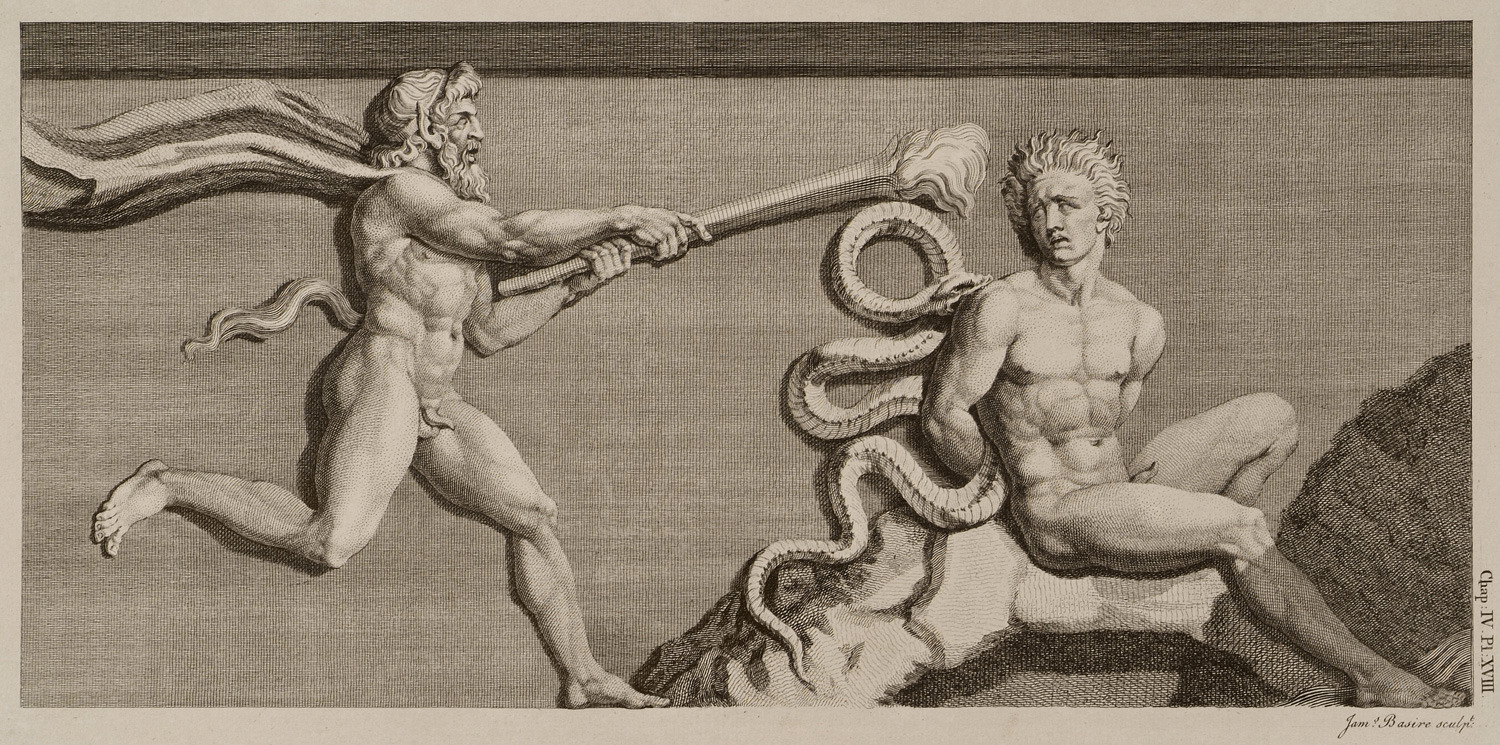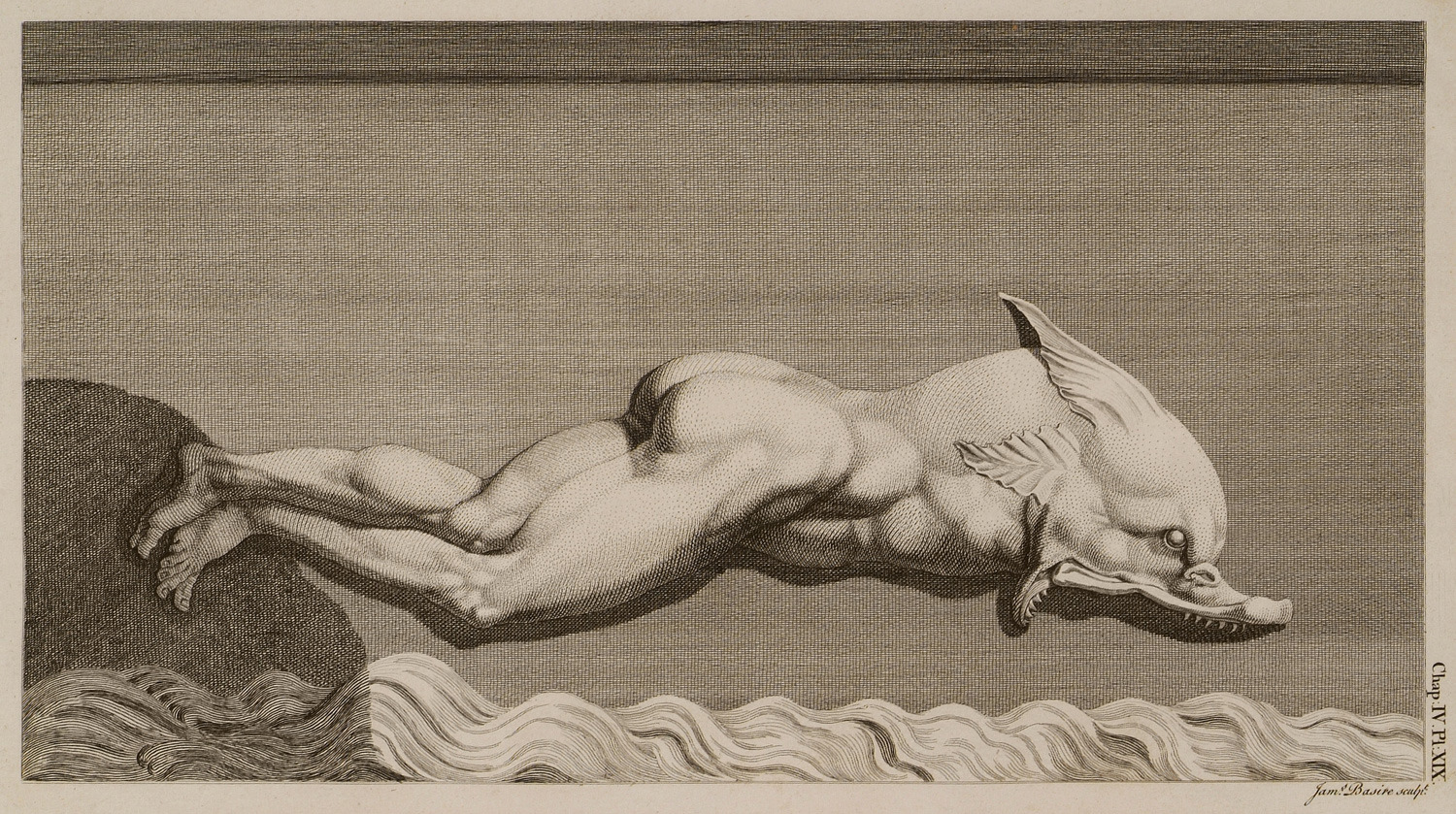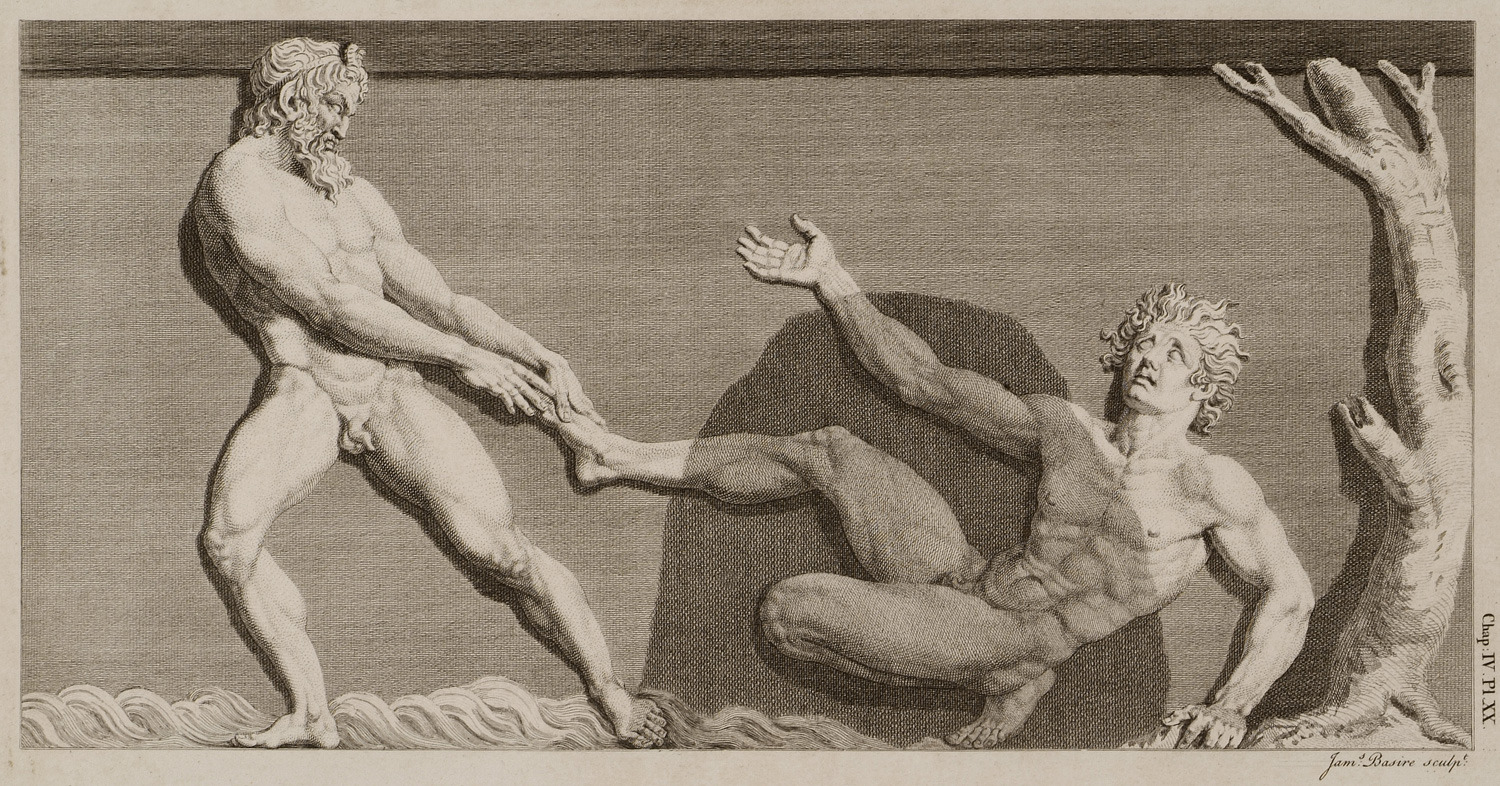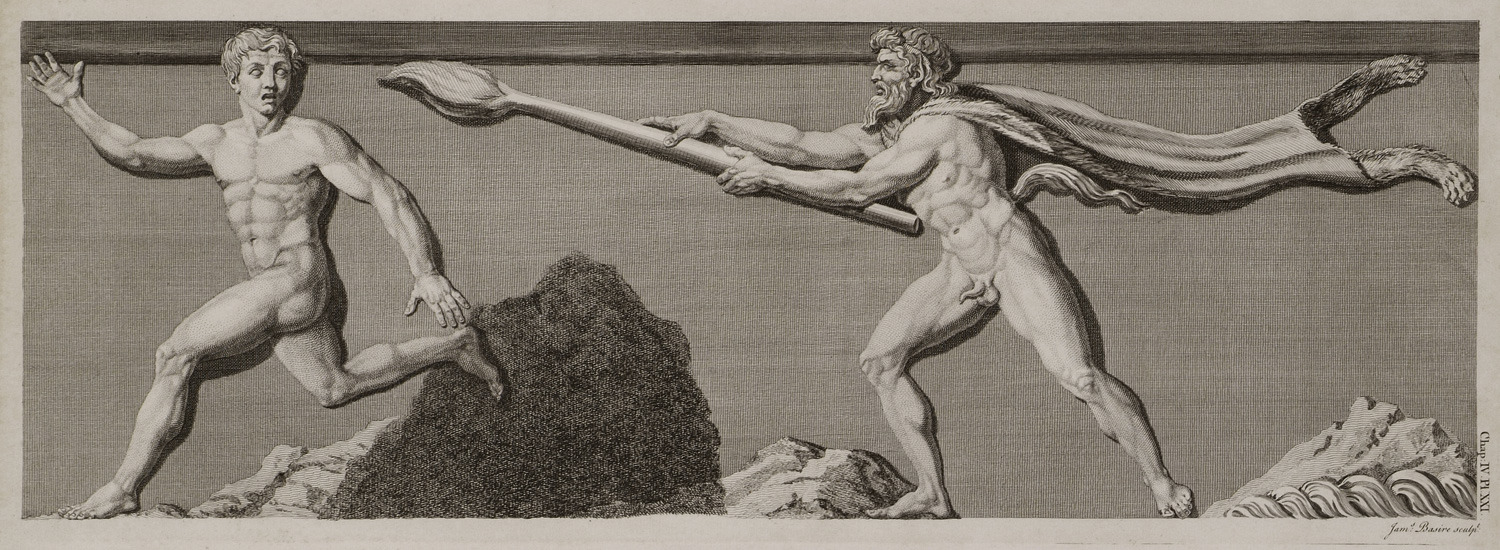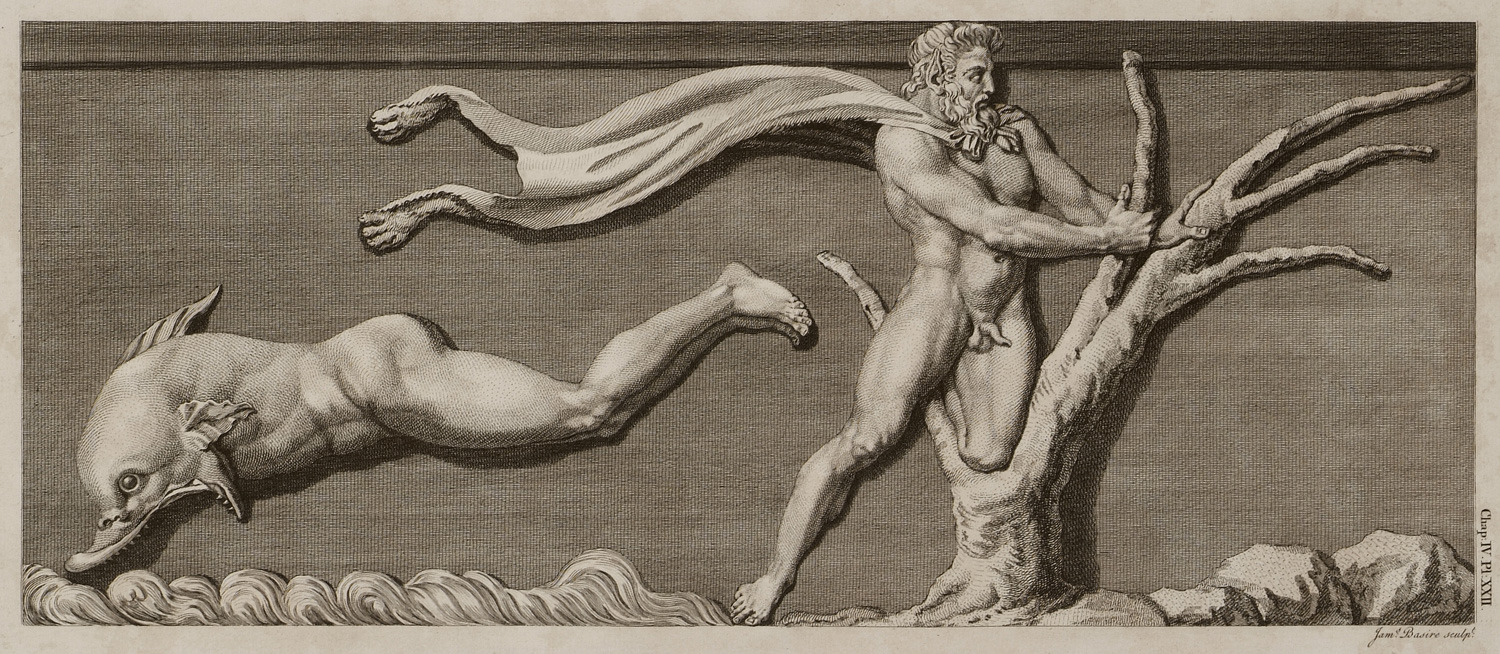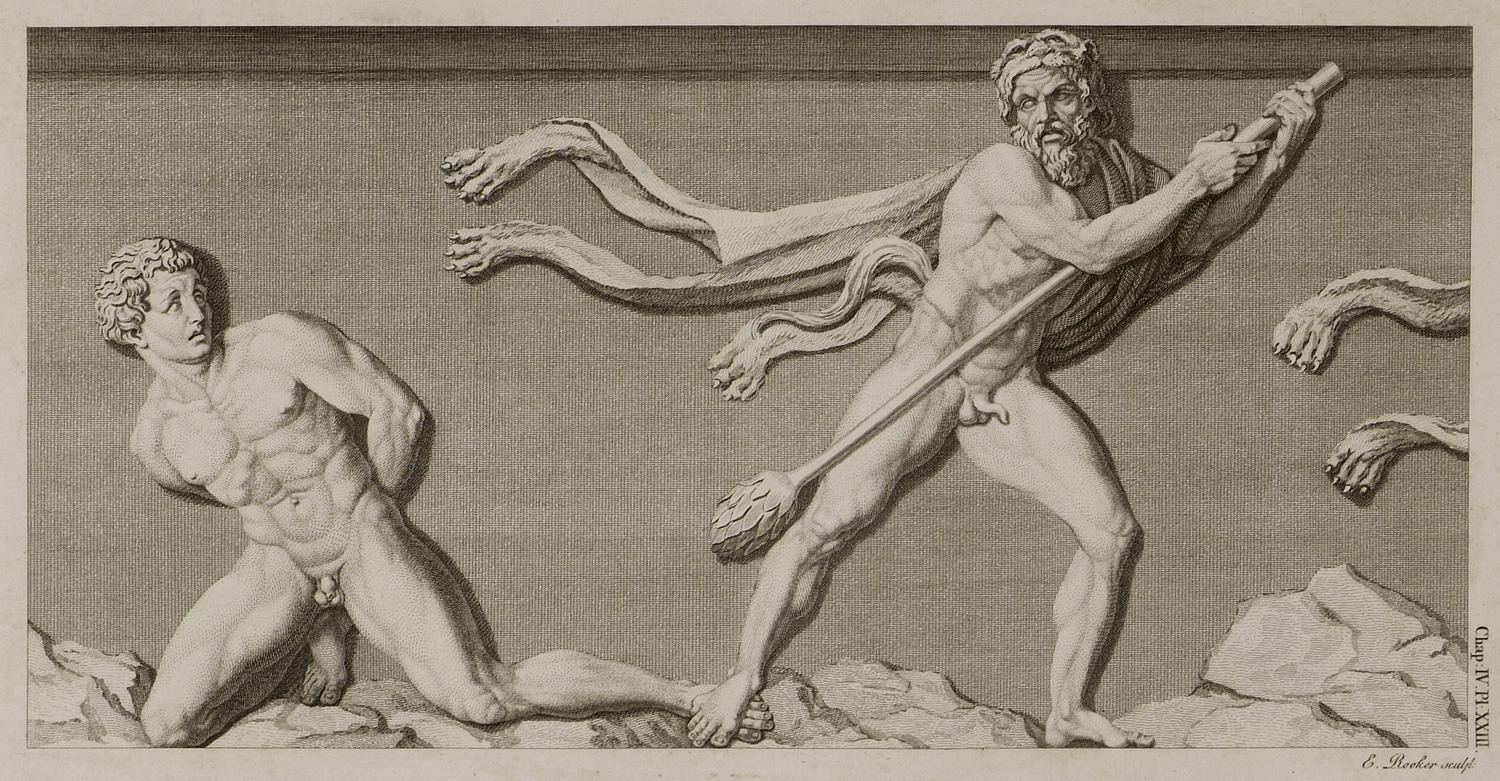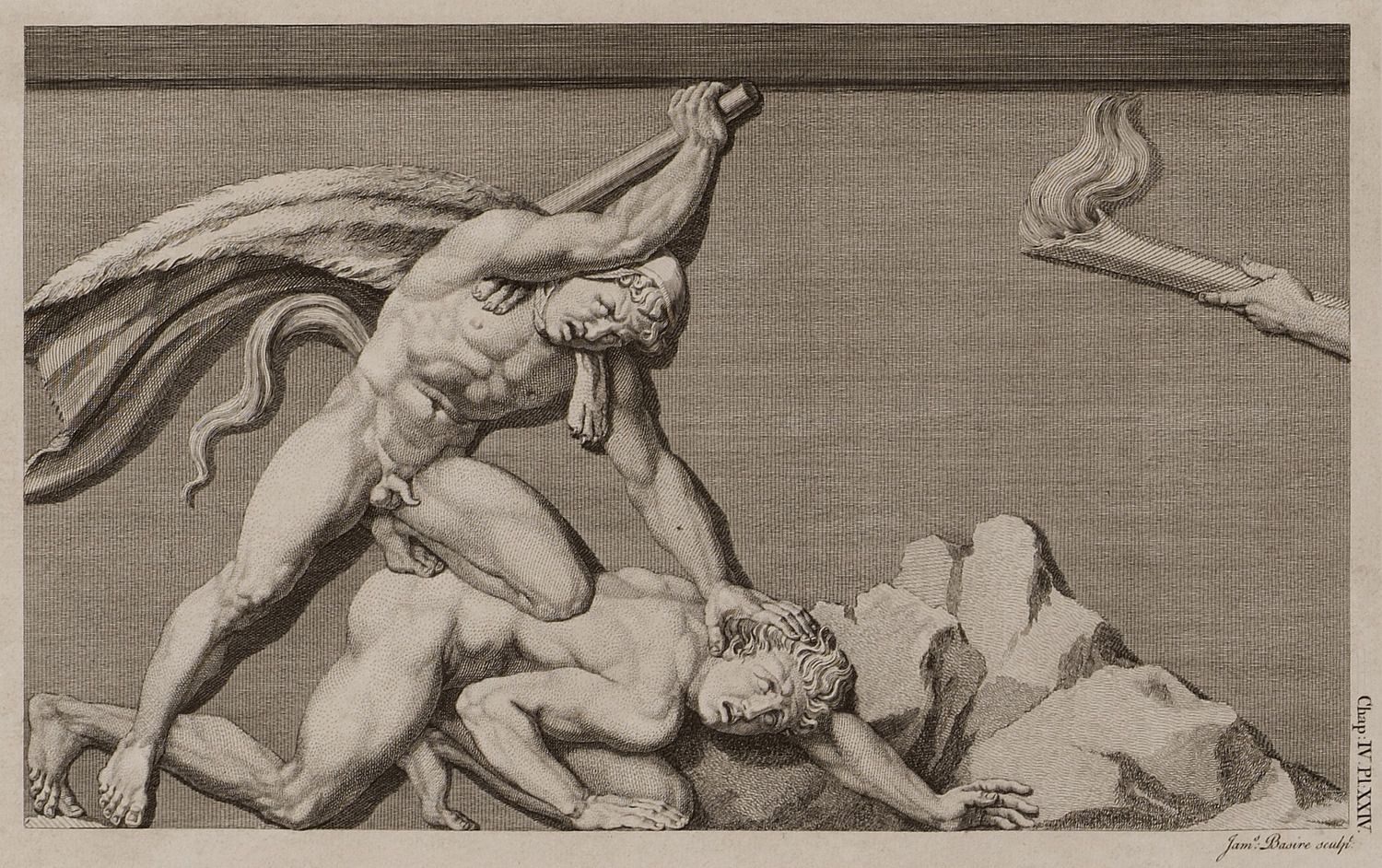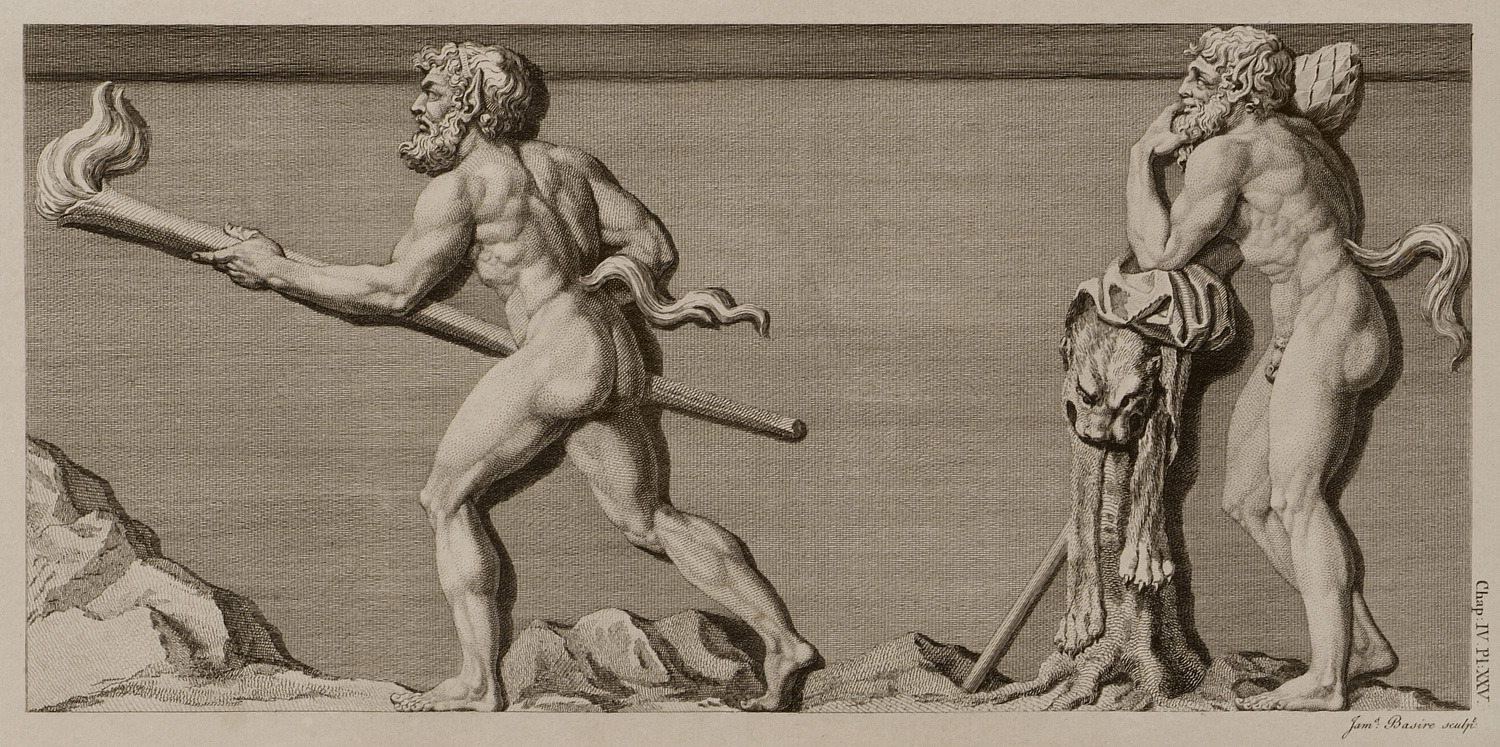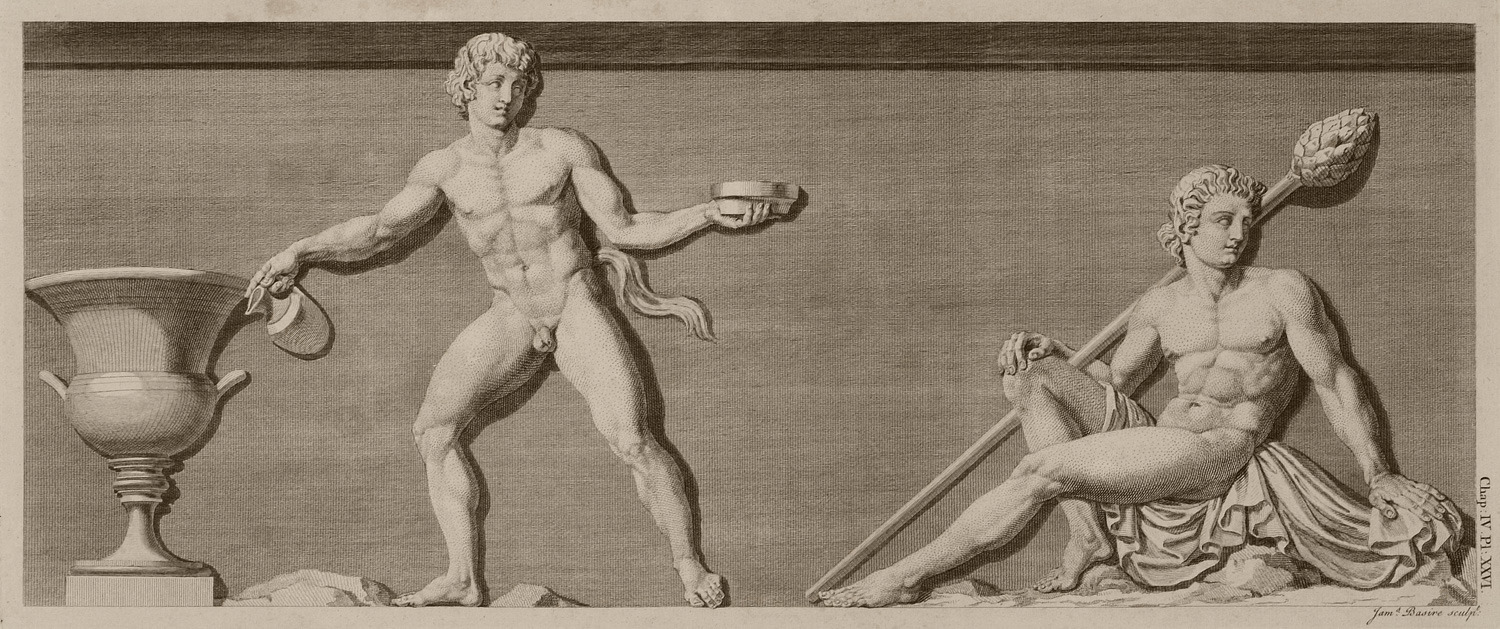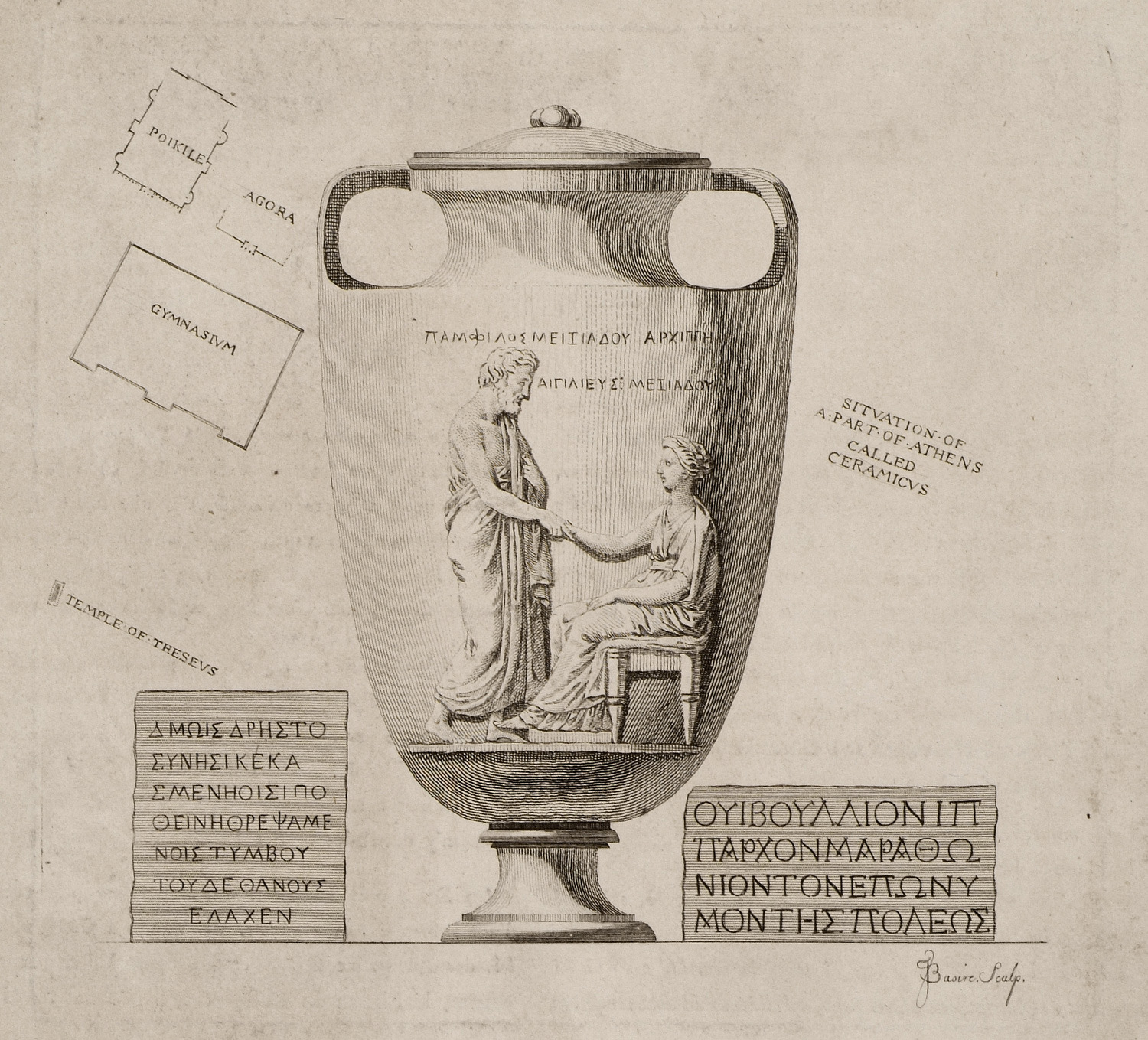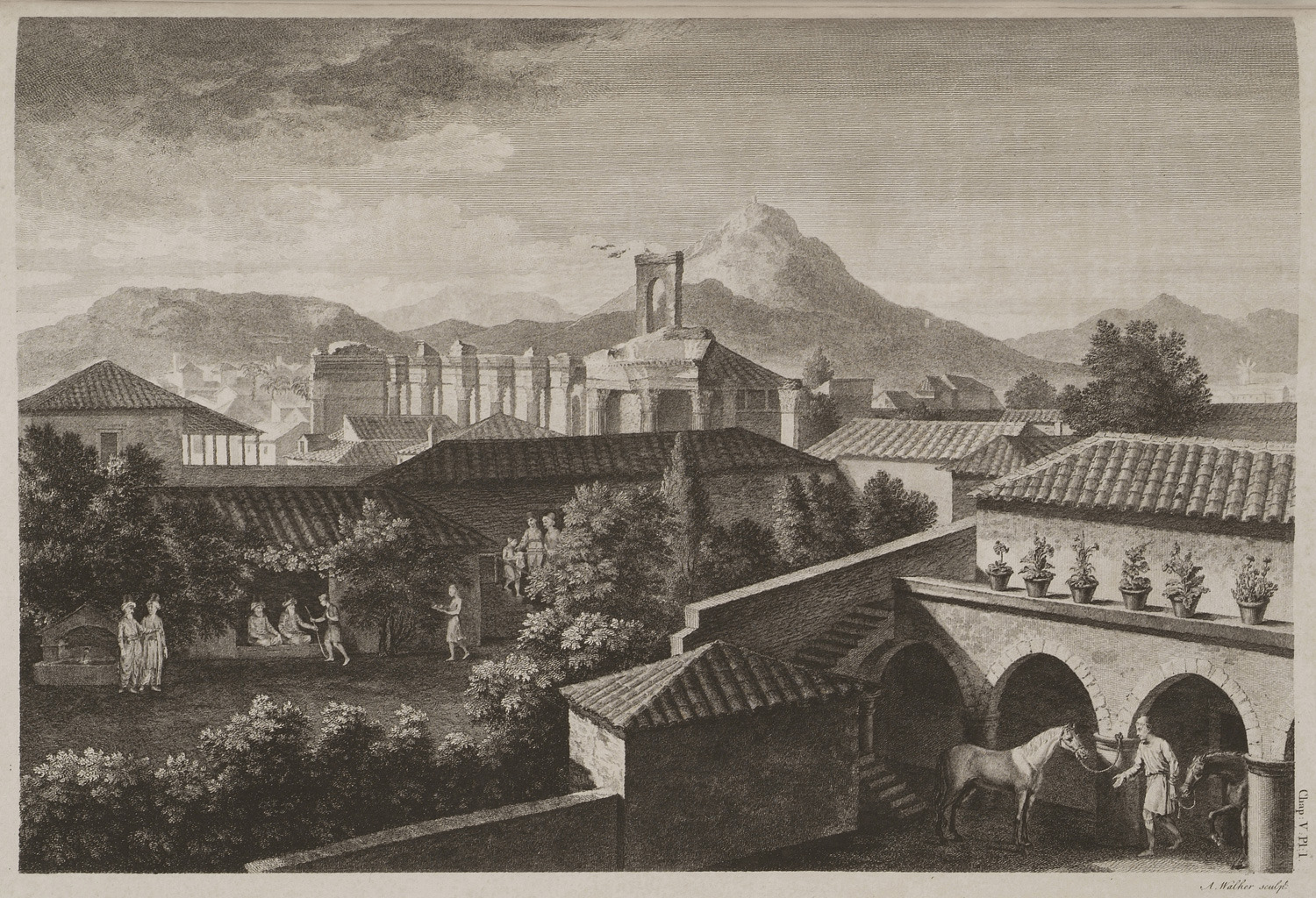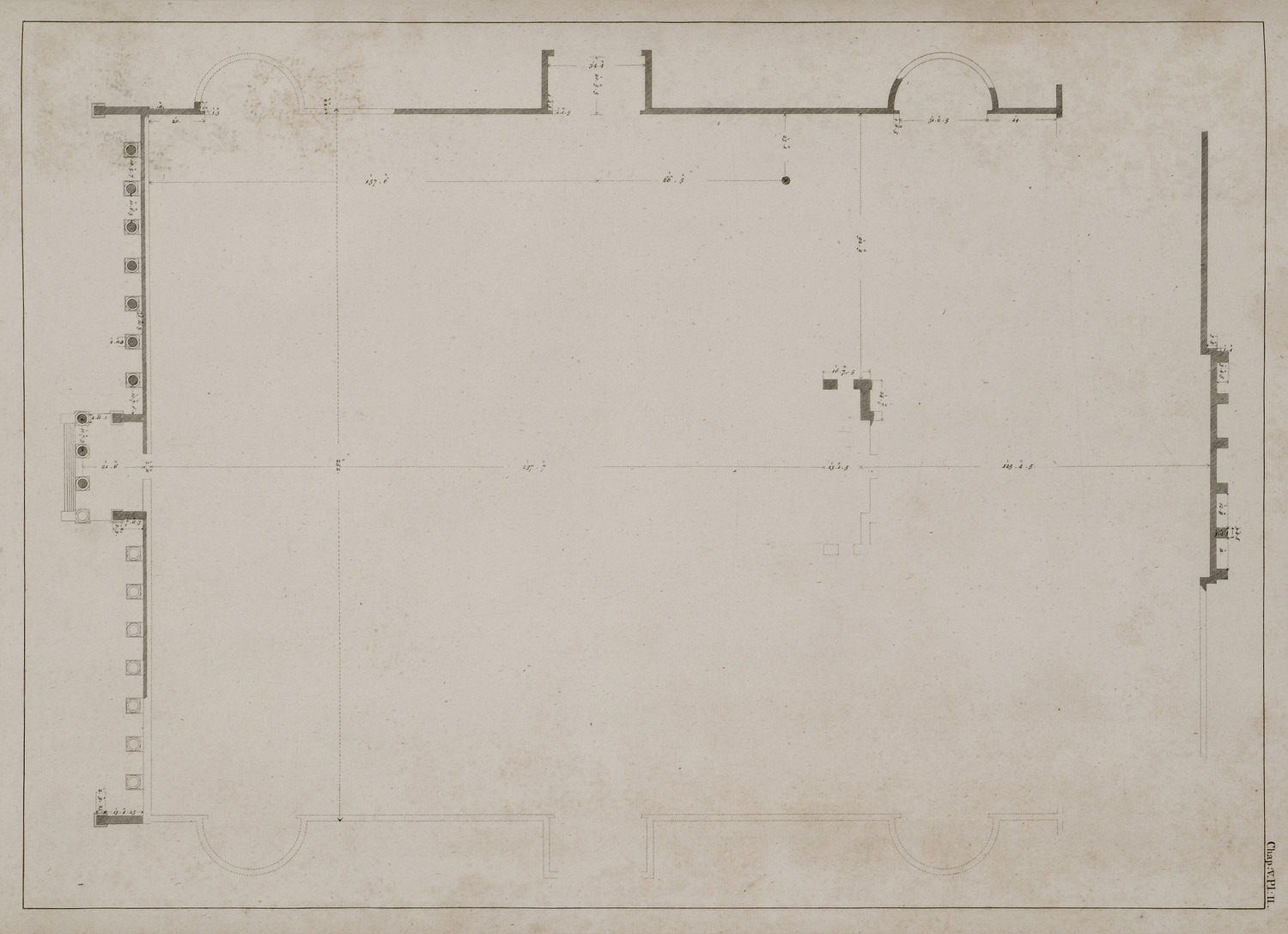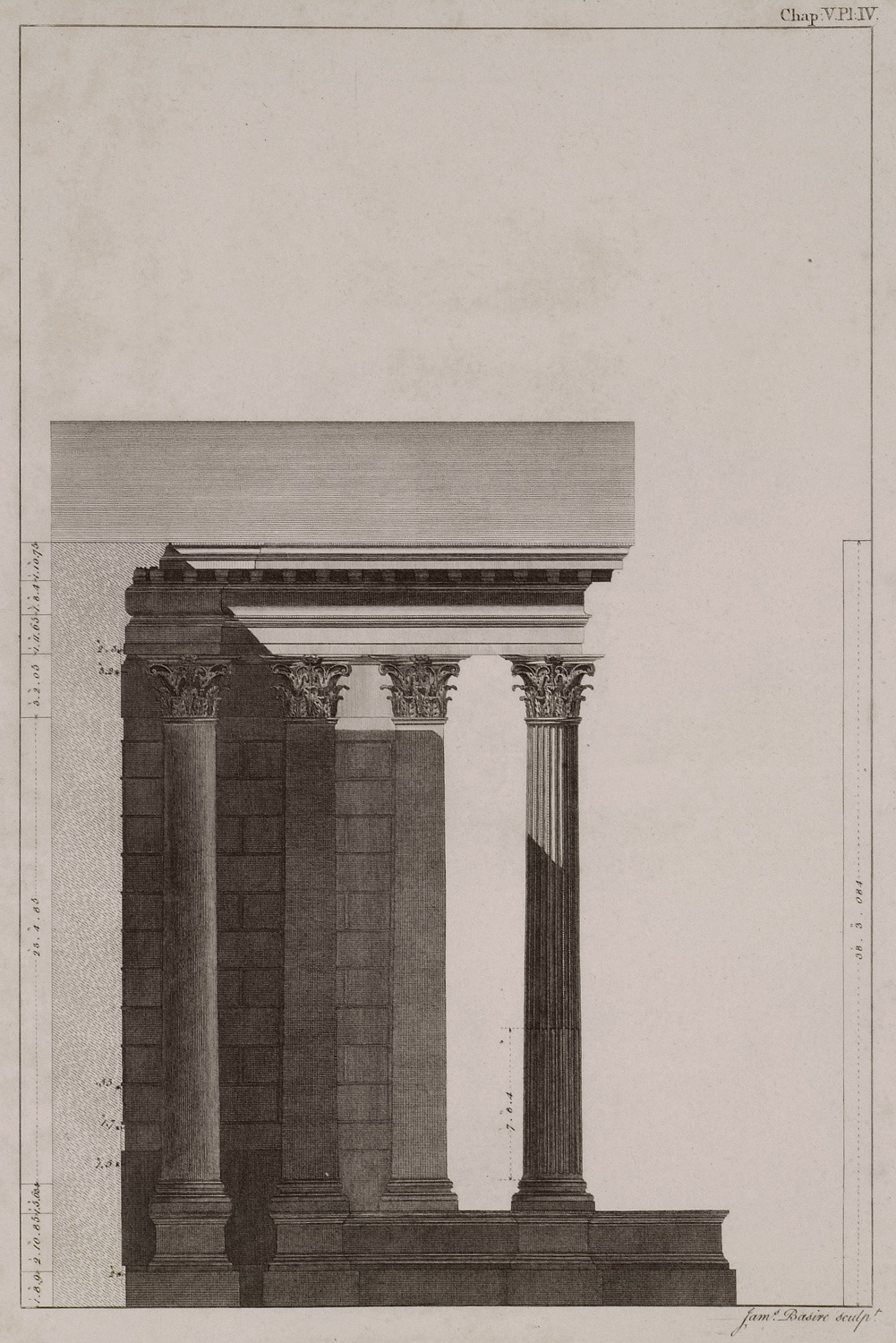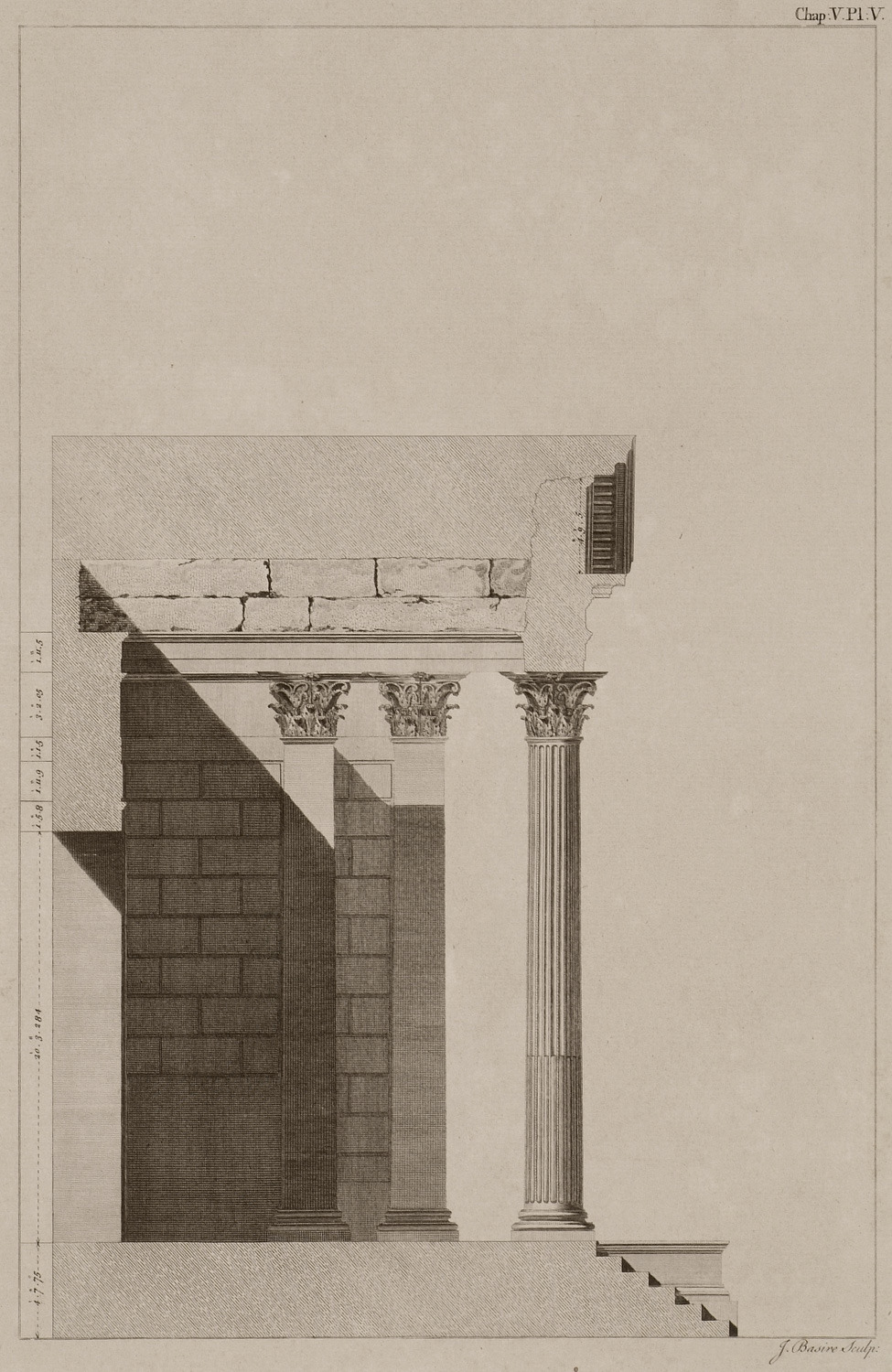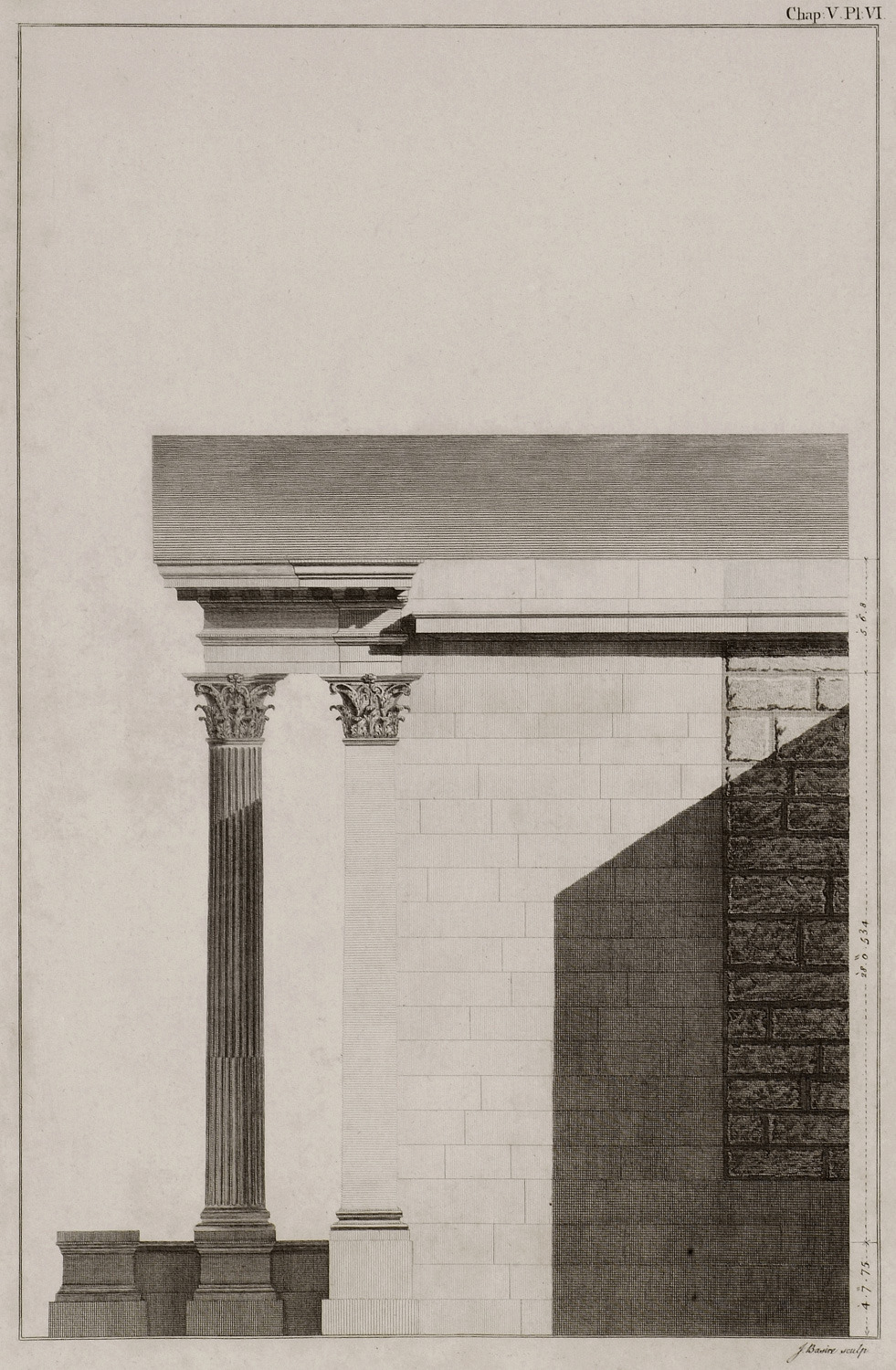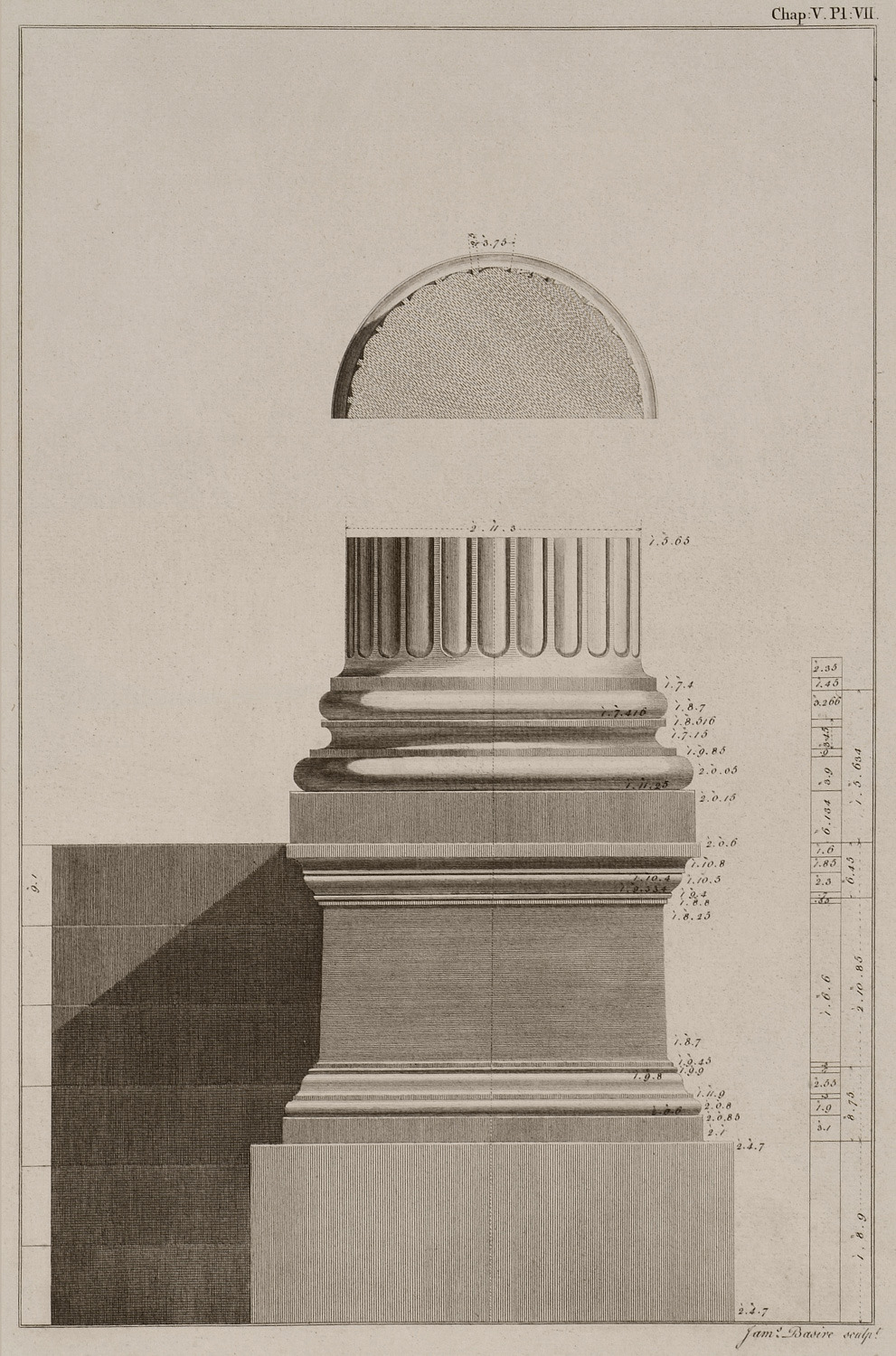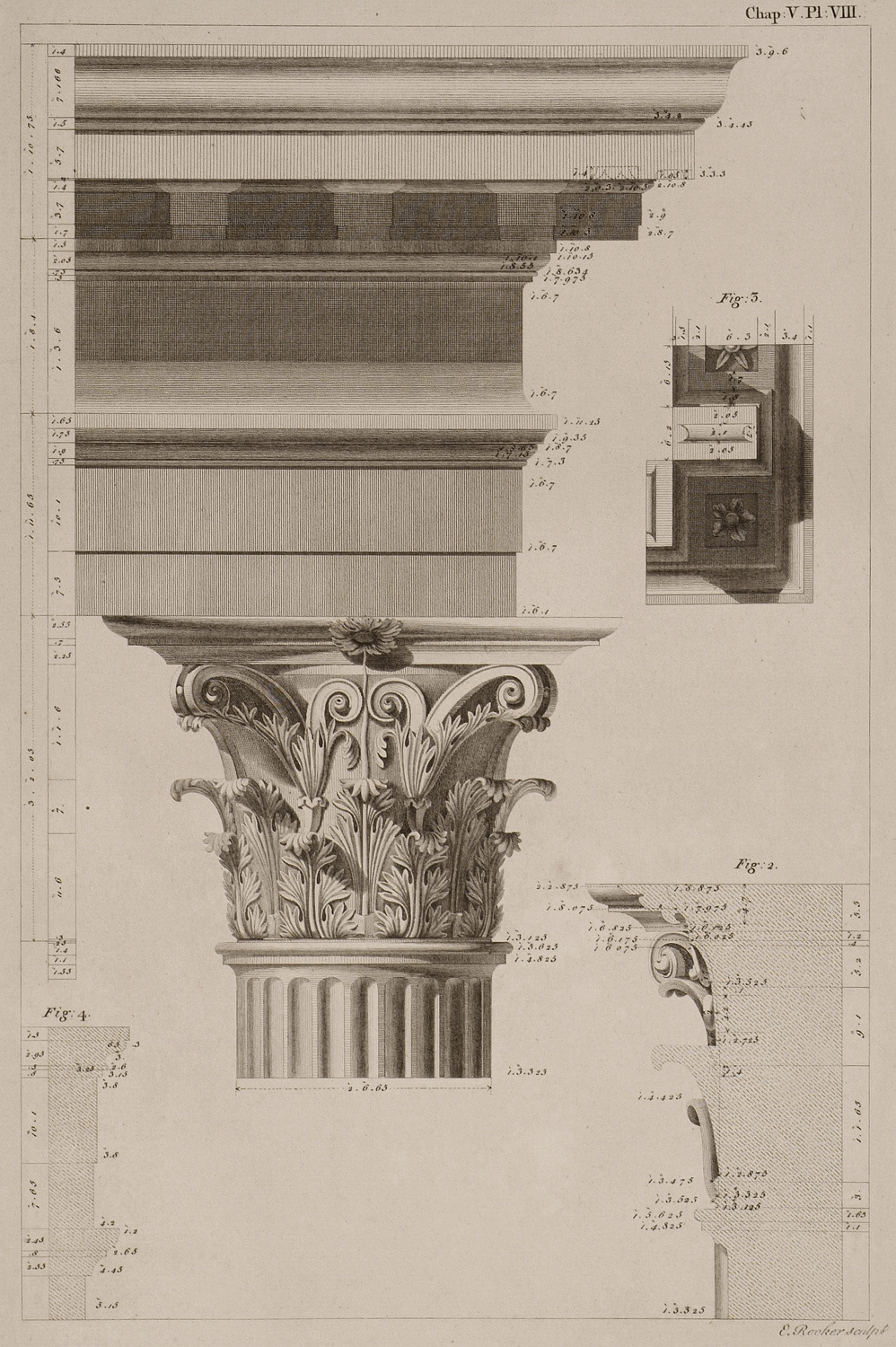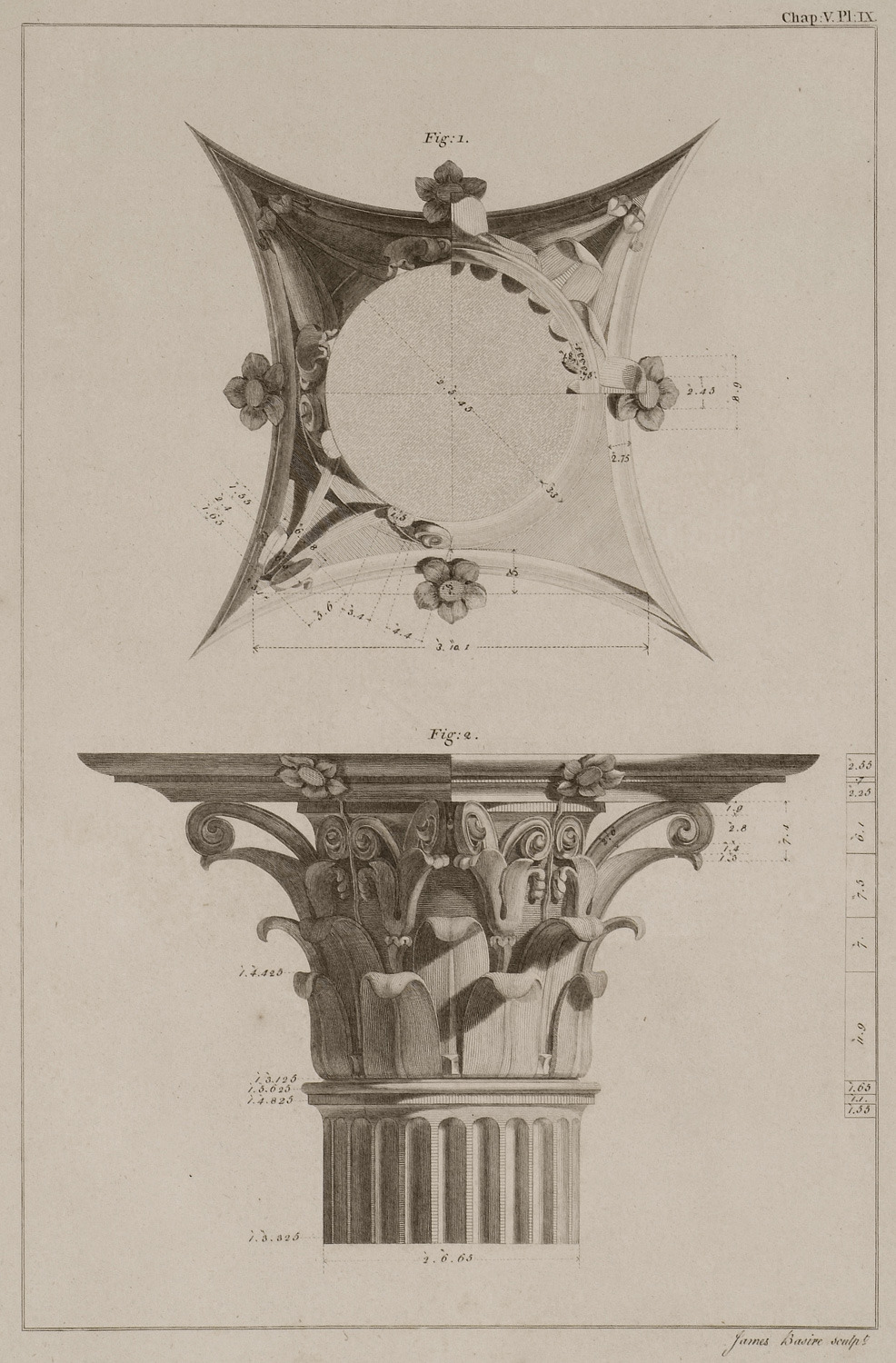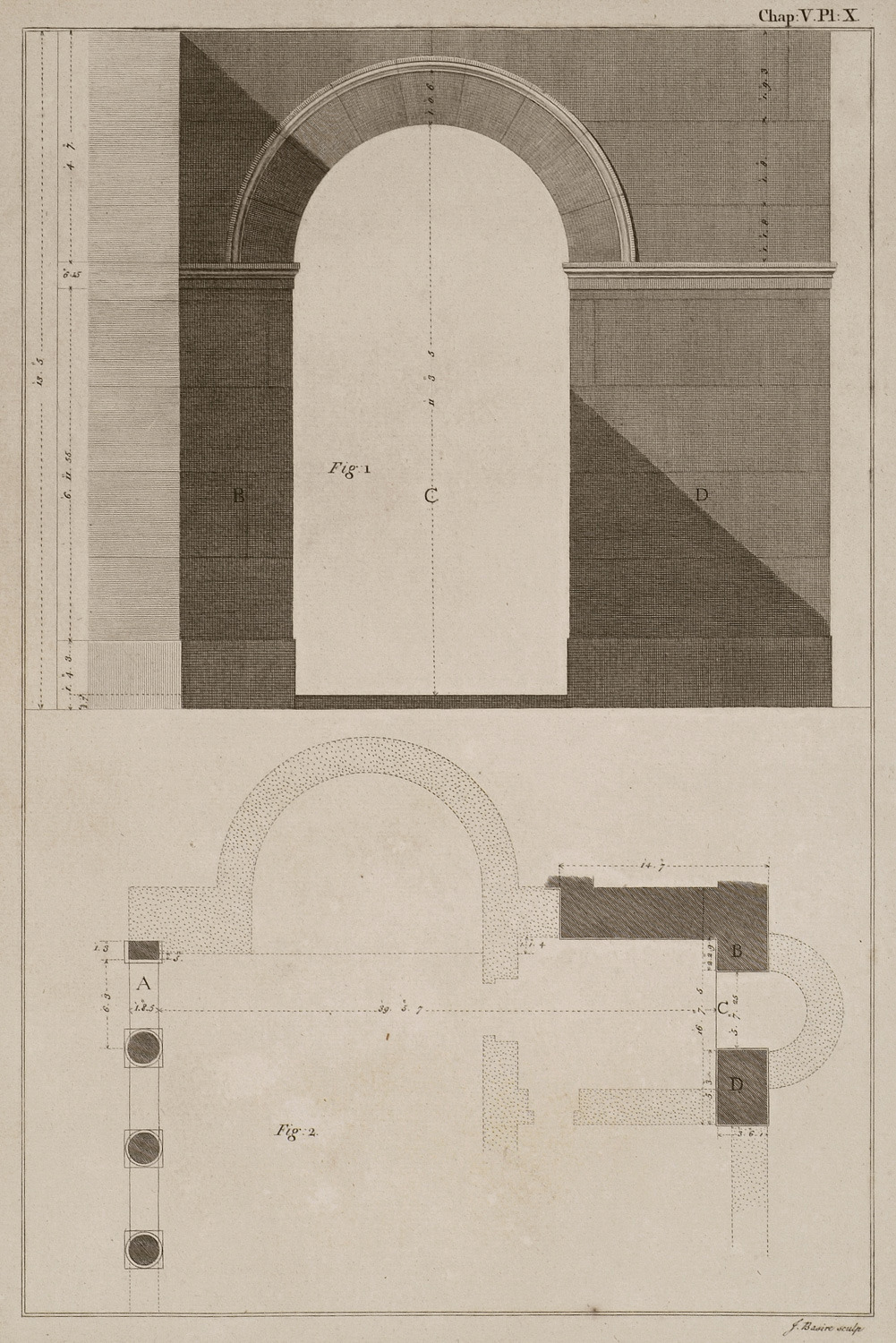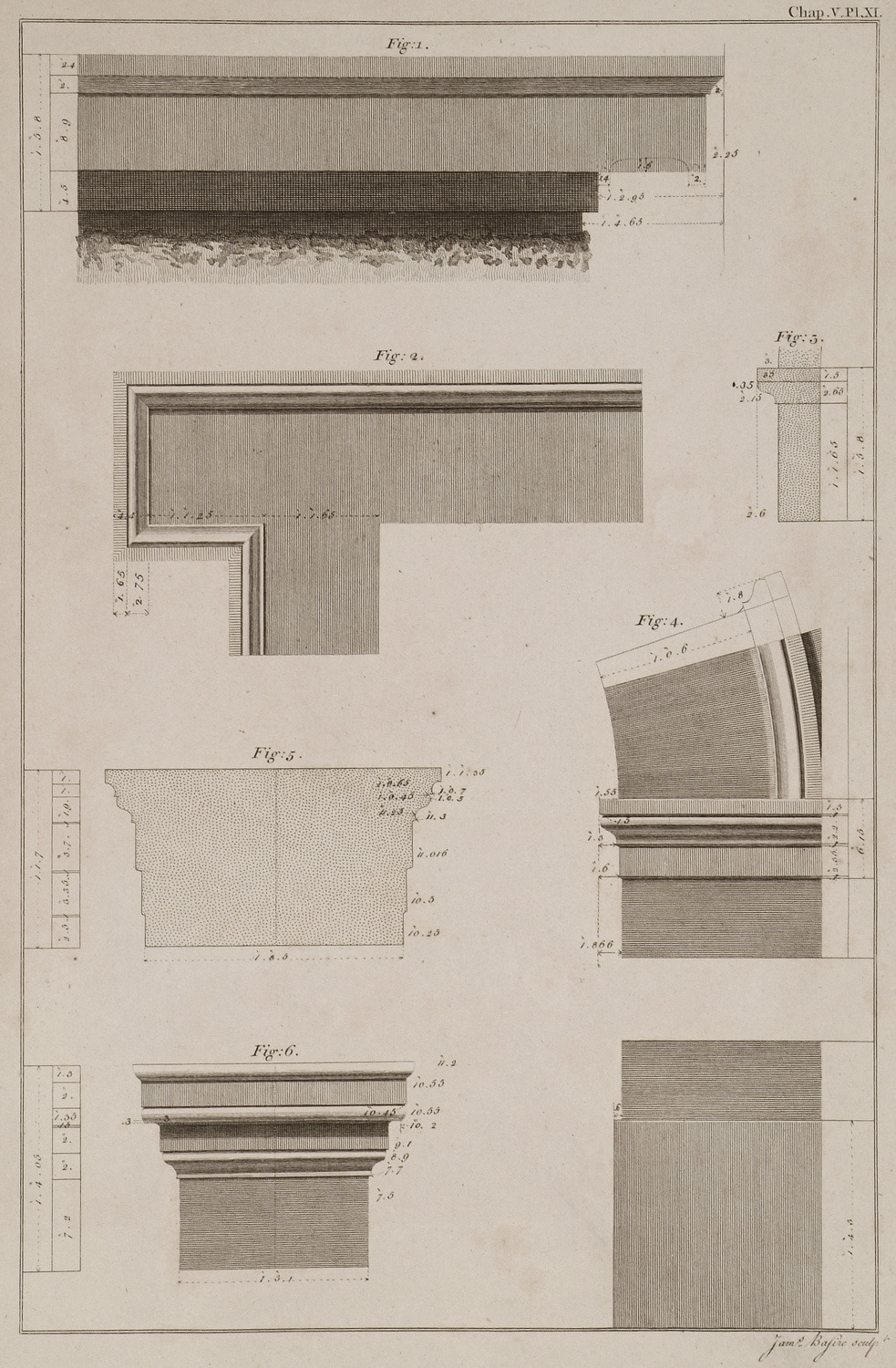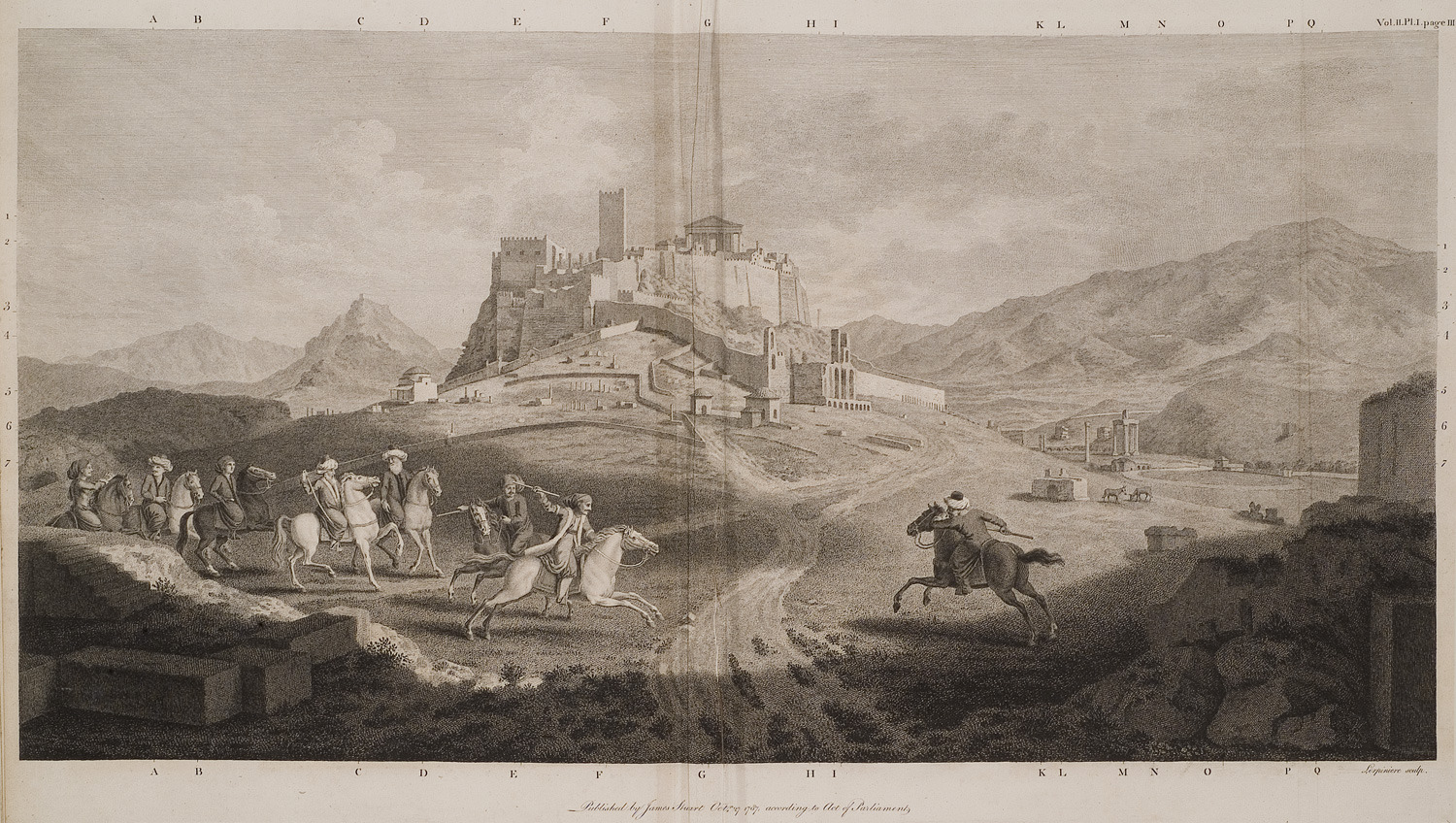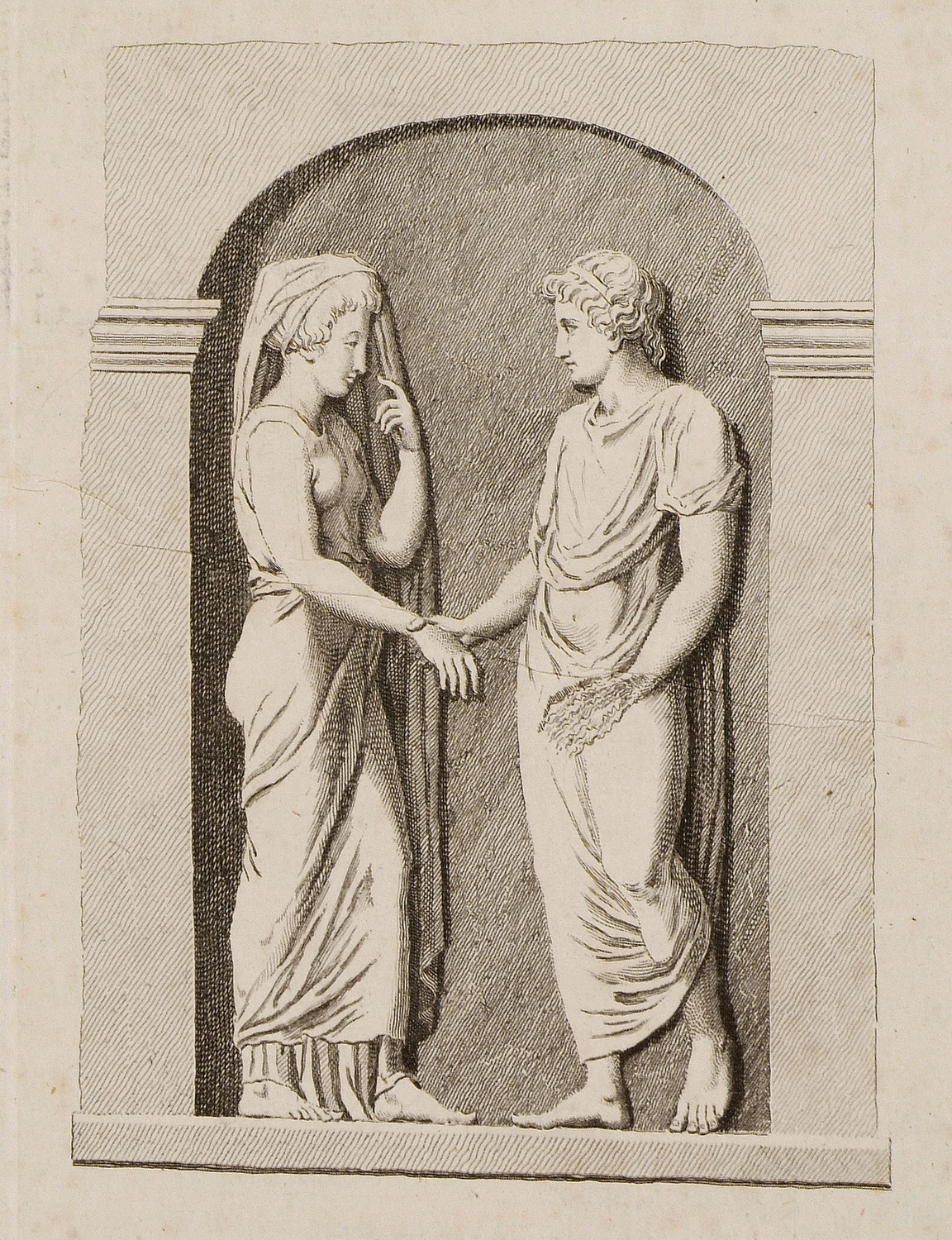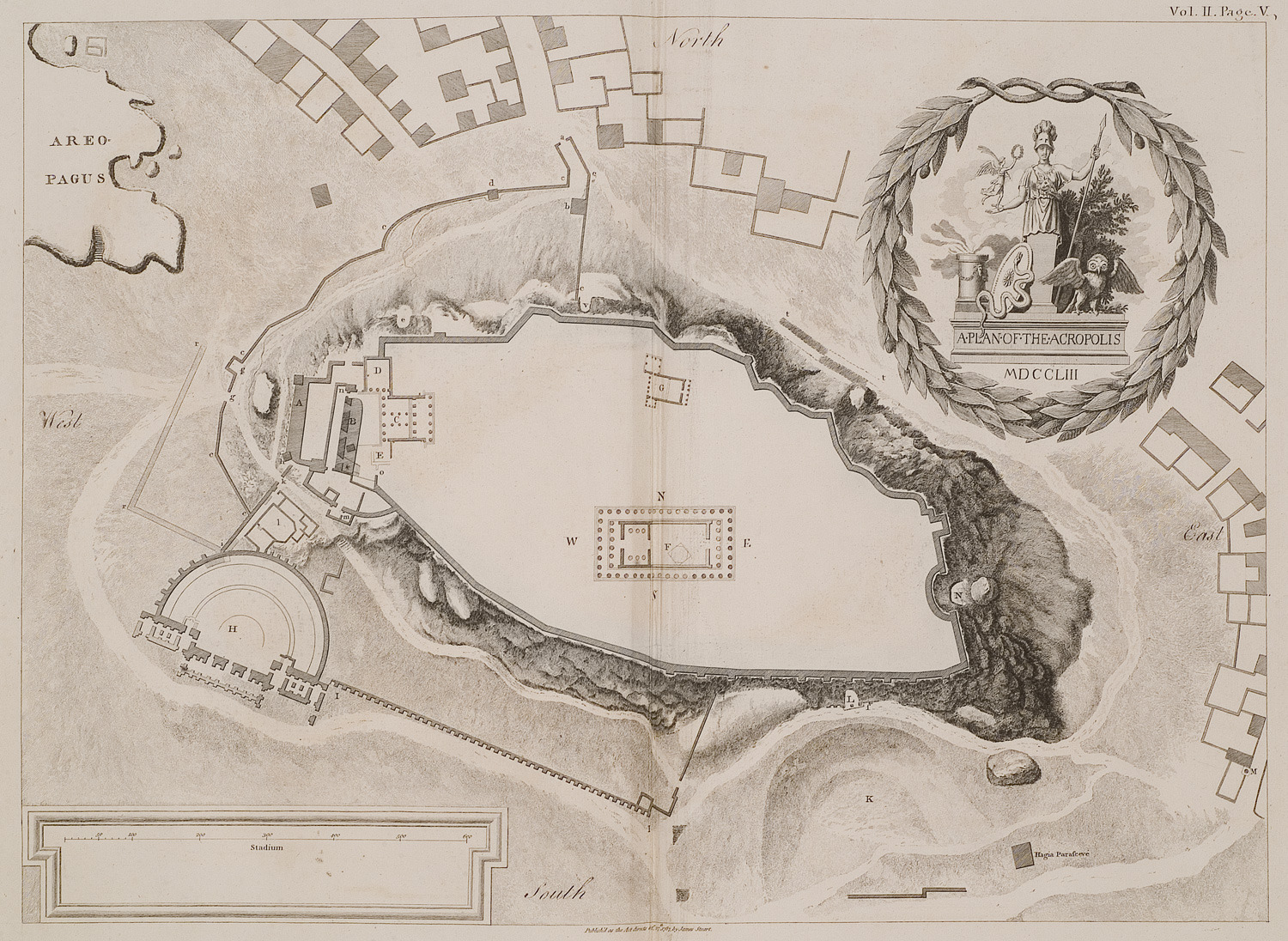Attica (1797 Subjects)
Choregic monument of Lysicrates in Athens: Sculpture on the frieze of this building, which represents the story of Bacchus and the Tyrrhenian Pirates.
Choregic monument of Lysicrates in Athens: Sculpture on the frieze of this building, which represents the story of Bacchus and the Tyrrhenian Pirates.
Choregic monument of Lysicrates in Athens: Sculpture on the frieze of this building, which represents the story of Bacchus and the Tyrrhenian Pirates.
Choregic monument of Lysicrates in Athens: Sculpture on the frieze of this building, which represents the story of Bacchus and the Tyrrhenian Pirates: Transformation of pirates into dolphins.
Choregic monument of Lysicrates in Athens: Sculpture on the frieze of this building, which represents the story of Bacchus and the Tyrrhenian Pirates.
Choregic monument of Lysicrates in Athens: Sculpture on the frieze of this building, which represents the story of Bacchus and the Tyrrhenian Pirates.
Choregic monument of Lysicrates in Athens: Sculpture on the frieze of this building, which represents the story of Bacchus and the Tyrrhenian Pirates: Transformation of pirates into dolphins.
Choregic monument of Lysicrates in Athens: Sculpture on the frieze of this building, which represents the story of Bacchus and the Tyrrhenian Pirates: a Faun.
Choregic monument of Lysicrates in Athens: Sculpture on the frieze of this building, which represents the story of Bacchus and the Tyrrhenian Pirates: a Faun.
Choregic monument of Lysicrates in Athens: Sculpture on the frieze of this building, which represents the story of Bacchus and the Tyrrhenian Pirates: Transformation of pirates into dolphins.
Choregic monument of Lysicrates in Athens: Sculpture on the frieze of this building, which represents the story of Bacchus and the Tyrrhenian Pirates.
Choregic monument of Lysicrates in Athens: Sculpture on the frieze of this building, which represents the story of Bacchus and the Tyrrhenian Pirates.
Choregic monument of Lysicrates in Athens: Sculpture on the frieze of this building, which represents the story of Bacchus and the Tyrrhenian Pirates.
Choregic monument of Lysicrates in Athens: Sculpture on the frieze of this building, which represents the story of Bacchus and the Tyrrhenian Pirates.
Ornamental feature from column.
Funerary vase. Sketch of a part of the ancient Agora. Ancient inscriptions.
The library of Hadrian seen from the house of Nikolaos Logothetis, consul of Britain in Athens. In the foreground, the soap mills. An Ottoman aga receiving a visitor; an Albanian groom.
Plan of Hadrian's Library.
The elevation of the portal of Hadrian's Library and the facade to the north of the portal.
Hadrian's Library in Athens: A section of the front wall with a profile of the portal and the southern pteroma, with one of the columns between the portal and the northern pteroma.
Hadrian's Library in Athens: The section of the portal and of the gate-way of entrance before which it is placed.
Hadrian's Library in Athens: Part of the external face of the lateral wall or flank of this building.
Hadrian's Library in Athens: The base of one of the four fluted columns of the portal.
Hadrian's Library in Athens: The capital and entablature of the columns on the front of the building.
Hadrian's Library in Athens: Fig. 1. The plan of the capital. Fig. 2. The angular view of the capital.
Hadrian's Library in Athens: The plan and elevation of some ruins on which part of the church called the Megali Panagia is built.
Hadrian's Library in Athens: Fig. 1. The cornice of the lateral walls and of the exhedrae. Fig. 2. The architrave of the gate-way or entrance before which the portal in the middle of the front is placed. Fig. 3. A section of the aforesaid architrave. Fig. 4. The mouldings and impost of the ancient arch in the church of the Megâle Panagía. Fig. 5. The section of an architrave supported by the three columns, and by the pilaster which are contiguous to the above mentioned church. Fig. 6. The capital of the pilaster.
A view of the Acropolis taken from the situation of the ancient Piraic Gate. [In the foreground two Ottoman officials of the city.]
Funerary stele depicting the farewell to the deceased.
A plan of the Acropolis.


